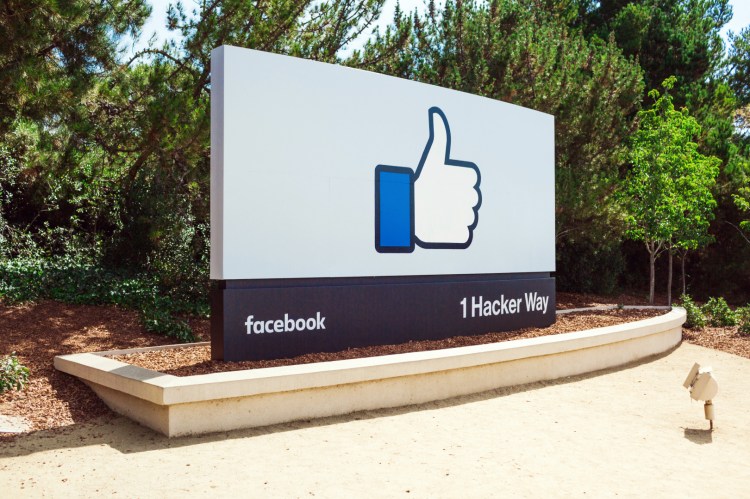Facebook announced today the results of its Q2 2016 earnings, revealing that it generated $6.44 billion in revenue and an earnings per share (EPS) of $0.97.
Wall Street analysts expected the company to bring in $6.01 billion in revenue and an EPS of $0.81 for the quarter.
On the user front, Facebook said it now counts 1.71 billion monthly active users (it had been expected to announce 1.69 billion), adding 60 million new users since last quarter. While that may not seem impressive, this might: More than 1 billion people access the social network daily.
“Our community and business had another good quarter,” said Facebook chief executive Mark Zuckerberg. “We’re particularly pleased with our progress in video as we move towards a world where video is at the heart of all our services.”
In what won’t shock anyone, advertising continues to propel the company’s revenue generation, growing 63 percent from last year to $6.24 billion. Interestingly, payments “and other fees” have dropped 8 percent across the same time to make up $197 million of Facebook’s quarterly revenue. Mobile advertising also continues to see growth, representing 84 percent of total advertising revenue.
Shares in the social networking company closed up 1.75 percent at $123.34. In after-hours trading, it’s up more nearly 7 percent — investors are happy.
Video’s promise
Zuckerberg has said we’re living in the “golden age of video,” and Facebook has made every effort to get us to adopt its livestreaming technology while also consuming video across its various properties. In a battle against Periscope, YouTube, and a slew of third-party livestreaming services, Facebook has been increasing the capabilities of its Live offering, including increasing the broadcast length to 4 hours, enabling them to be scheduled, creating a waiting room of sorts, and more. The company has also opened up its livestream API to developers, something that it promised during F8.
Winning at advertising
There are several things that work for Facebook, which have propelled the company’s financials forward: advertising, messaging, and Instagram. All of these focuses have seen growth over the past year.
“Facebook is seeing momentum across its ad business,” eMarketer principal analyst Debra Aho Williamson said. “On the branding side, video ads are becoming more and more popular for marketers whose objective is broad awareness. And products like Dynamic Ads, which let advertisers upload their product catalog to Facebook and then deliver relevant targeted ads, are proving highly effective for marketers that want to drive lower-funnel activities, such as purchases.”
This quarter, the company has extended its advertising offerings, including empowering brands to use video ads within its Audience Network, bringing dynamic ads to Instagram, and launching a new bidding option for mobile app install ads that focuses on specific actions being taken. There’s still more opportunity to further monetize Facebook’s growing platform, including Messenger, which the company has yet to really happen, either by ads being featured or making money off of chatbots.
Mobile advertising continues to be a strong area for Facebook. Last quarter, this space accounted for 82 percent of the company’s revenue, a 9 percent increase from the year prior.
Instagram is also on the rise with more advertising being rolled out. This is the first quarter since the photo-sharing app made a significant modification to its feeds to now organize photos based on what Facebook thinks users will “care about the most.” Previously it was organized in reverse-chronological order.
Aho Williamson remarked, “Instagram is still an attractive vehicle for brand advertisers, and Facebook is steadily adding more targeting and measurement capabilities that will make it a better platform for direct-response advertising. The challenge Instagram will continue to face is to make sure the ads fit with the environment. That can be difficult, because so much of Instagram is about beautiful imagery. Not every ad we see matches that aesthetic.”
And we can’t forget the power of messaging apps, of which Facebook owns two of the largest ones out on the market today. Besides seeing growth in the number of chatbots supported — 18,000 to date — Facebook Messenger now counts more than 1 billion monthly active users. Of note, the service also handles 10 percent of all Voice over IP calls worldwide. WhatsApp is one of the only other apps that can say it has such attention.
However, not everyone is buying into the long-term ability to continue making money off of existing users. Investing.com’s senior analyst Clement Thibault shared, “We have strong doubts regarding Facebook’s longer-term ability to garner significant revenue from existing users, as it did in Q1.”


